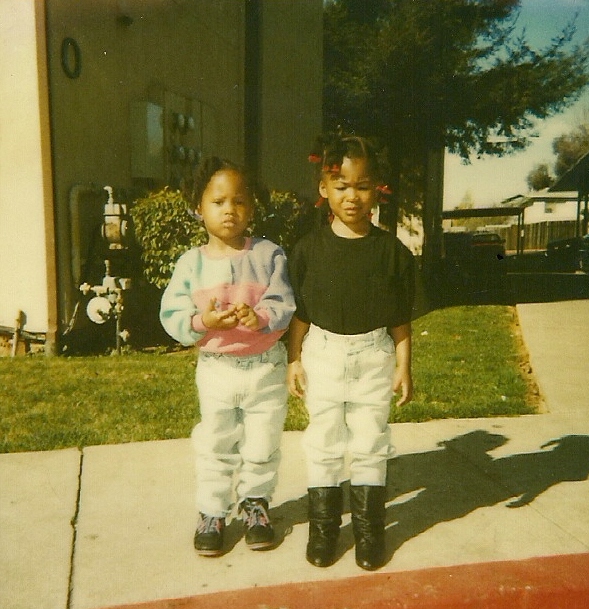Women in Psychology: A History of Being Overlooked and Overcoming
March is Women’s History Month, and what better way to celebrate than by diving into women’s contributions to psychology and the messy, frustrating, and inspiring history of women’s mental health in America?
If you’ve ever wondered why we even need a whole month dedicated to women’s history, buckle up. We’re only talking about mental health here, and even that is enough to keep you reading all month long. If we expanded this to women’s lived experiences in general? Whew. We’d need a whole year!
Women and Psychology Research: Or, the Lack Thereof
Women’s mental health research has historically been ignored, underfunded, or outright dismissed. That means the research that does exist doesn’t always equitably benefit or cater to us. Let’s break that down:
Ever heard of Premenstrual Dysphoric Disorder (PMDD)? No? Not surprising. It’s a severe form of PMS that can cause intense mood swings, depression, and even suicidal ideation. But research on it is severely lacking.
Postpartum depression? Sure, you’ve heard of it, but did you know it was historically dismissed as “the baby blues”? And let’s not forget postpartum anxiety and postpartum psychosis—conditions that affect thousands of women but receive even less attention.
Medical gaslighting is real. Women’s symptoms are often downplayed, dismissed, or misdiagnosed because, historically, research has centered on men’s experiences.
So, why the lack of research on women’s mental health?
Historical exclusion – Women were (and still are) underrepresented in clinical studies.
Underfunding – Research into women’s health issues has consistently received fewer resources than men’s.
Medical gaslighting – Women’s concerns are more likely to be ignored, written off as stress, or chalked up to hormones.
The Consequences of This Research Gap
Fewer treatment options – Without proper research, treatment options for women’s mental health issues remain limited.
Health disparities – Women experience higher rates of anxiety, depression, and PTSD, yet tailored treatment strategies are still lacking.
The Women Who Changed Psychology Anyway
Despite all these challenges, women have been committed to advancing psychology long before they could even have their own bank accounts. Just a few of the pioneers:
Karen Horney – Coined the term feminine psychology and called out Freud for his nonsense (because let’s be honest, the whole penis envy thing was a reach).
Georgene Seward – An experimental psychologist who used actual data to challenge traditional gender roles.
Mamie Phipps Clark – The first Black woman to earn a PhD from Columbia University, whose research on race and self-esteem contributed to the Supreme Court ruling that ended school segregation (Brown v. Board of Education).
The Stigma Around Therapy (and the Women Who Work in It)
Therapy was once a male-dominated field. Now, women make up the majority of mental health providers. And what’s happened? More stigma, lower pay. (But let’s not get into capitalism and wage disparities—already covered that in another post.)
Historically, therapy has also placed a lot of blame on women, especially mothers.
Freud? Problematic. (But you knew that.)
Attachment theory? Originally, it hyper-focused on mothers being “bad” parents. Thankfully, it’s since evolved to acknowledge that parenting is a shared responsibility.
Women and Misdiagnosis: A Longstanding Issue
Did you know women were once diagnosed with schizophrenia just for being “disobedient” to their husbands? Overmedicated to be easier to deal with? It’s true. And while we may not be locking up as many women for “hysteria” anymore, women still face higher rates of misdiagnosis for mood disorders and psychosis. Why? Because women’s symptoms often look different from men’s and are, as a result, overlooked.
PTSD: Only for Soldiers? Not Quite.
PTSD wasn’t even added to the DSM until the 1980s, and when it was, it primarily focused on combat veterans.
Domestic abuse? Sexual violence? Not even considered.
Reporting abuse? Good luck. It was historically legal for husbands to rape their wives, and domestic violence wasn’t taken seriously. Women were literally silenced before they even got the chance to speak.
The Good News: We’re Changing the System
Despite all this, we are making progress. Here’s how:
More research funding – Slowly but surely, women’s health is getting the attention it deserves.
More women in research – Clinical trials are finally starting to include more women, which means better, more effective treatments.
More gender-specific analysis – We’ve come a long way from using blue liquid in tampon commercials—science is starting to recognize that men and women’s bodies (and brains) react differently to treatment.
Therapy is Changing, Too
More women are becoming therapists. And clients are seeking therapists who share similar experiences.
More awareness of women’s issues. From trauma-informed care to acknowledging the impact of oppression, therapy is becoming a safer space for women.
More accessibility to care. Women are showing up, doing the work, and making sure mental health care meets their needs.
Want to Learn More or Get Support?
If you know a woman interested in psychology, send her this blog. If you are a woman struggling with mental health issues and don’t know where to start—let’s talk. I offer free consultations, so reach out, and let’s figure out how to get you the support you deserve.
Women’s history in psychology is still being written. Let’s make sure our voices are heard.






Comments
Post a Comment